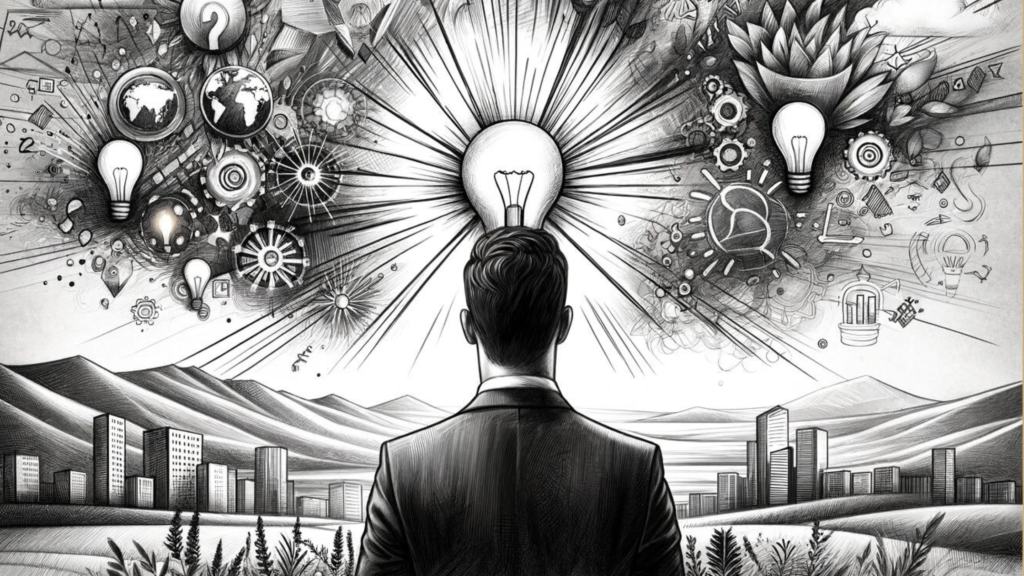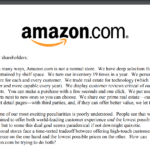Photo by Belle Co from Pexels:
As product managers, we often focus on the data and facts regarding product development and decision-making, followed by technical aspects of product development, such as features and functionality. However, it’s essential to also consider the emotional aspect of our products and how they can impact our customers’ experiences.
Emotions play a powerful role in shaping our experiences and decision-making. When we use a product that makes us feel happy, excited, or satisfied, we are more likely to have a positive experience and become loyal customers. On the other hand, if a product makes us feel frustrated, confused, or overwhelmed, we are less likely to have a positive experience and may even abandon the product altogether.
Example #1, Discontinuing a product that has a loyal and passionate customer base can elicit negative emotions, such as anger and frustration. On the other hand, launching a new product that solves a long-standing customer pain point can elicit positive emotions, such as excitement and satisfaction.
Example #2, a product that is easy to use and intuitive can make us feel happy and satisfied, while a product that is difficult to use or frustrating can make us feel angry and frustrated. Similarly, a product that is aesthetically pleasing and well-designed can make us feel proud and satisfied, while a poorly designed product can make us feel embarrassed or disappointed.
As product managers, it’s important to consider the emotional impact of our products and design them to elicit positive emotions in our customers. This can involve using user-centered design techniques, such as user interviews and usability testing, to gain a deep understanding of our customers’ needs and emotions. It can also involve incorporating elements that create positive emotions, such as personalization, simplicity, and delight.
In addition to designing products that elicit positive emotions, it’s also important to consider how our products can help customers manage and express their emotions. For example, a social media platform can provide tools and features that allow users to express their emotions and connect with others who share similar experiences. A fitness app can provide motivational messages and encouragement to help users stay motivated and achieve their goals.
As a product manager, you can use emotions in various ways to improve your product and enhance the user experience. Here are a few examples of how you can use emotions in product development:
- Use emotional design to create a user interface that is visually appealing and easy to navigate. This can help users feel more engaged and motivated to use your product.
- Incorporate gamification elements into your product to create a sense of enjoyment and accomplishment for users. This can help them feel more motivated to continue using your product.
- Create personalized experiences for users based on their preferences and interests. This can help them feel valued and understood, which can lead to increased engagement and loyalty.
- Use emotional triggers, such as fear of missing out (FOMO) or scarcity, to motivate users to take action. For example, you can create a sense of urgency by offering limited-time discounts or deals.
- Incorporate emotional feedback into your product, such as personalized messages or emojis, to let users know that their actions are being recognized and appreciated. This can help them feel more connected to your product and more motivated to continue using it.
- Use emotional storytelling to create compelling narratives that engage users and inspire them to take action. This can help users connect emotionally with your product and feel more invested in its success.
While using emotions in product development can be beneficial, it can also have negative impacts if not done carefully. Here are a few potential negative impacts of putting emotion in product development:
- Overuse of emotional triggers, such as fear or scarcity, can create a sense of manipulation or manipulation among users. This can lead to negative perceptions of your product and a decrease in trust and loyalty.
- Incorporating emotional design or gamification elements without considering the user experience can result in a confusing or cluttered user interface. This can make it difficult for users to navigate your product and decrease their enjoyment and engagement.
- Personalization can backfire if it is not done well. For example, if users feel that their personal data is being mishandled or their privacy is being violated, they may become hesitant to use your product.
- Emotional feedback can be perceived as insincere or even creepy if not done in the right way. For example, sending overly personal or generic messages can make users feel uncomfortable and less likely to continue using your product.
- Emotional storytelling can be ineffective if it is not authentic or relevant to your users. If users do not connect with your narrative, they may become disengaged and less likely to take the desired action.
Overall, it is important to carefully consider the potential emotional impacts of your product development decisions and to strike a balance between creating a compelling user experience and avoiding negative perceptions. Incorporating emotions into product design and development can greatly enhance our customers’ experience and drive their loyalty and satisfaction. As product managers, it’s important to consider the emotional aspect of our products and design them to elicit positive emotions and support our customers’ emotional needs.
An experiment to write a blog using #chatgpt as an assistant. I could finish this in 2 hours instead of 6-8 hours as my usual blog writing time. I bounced all my ideas and thoughts with multiple queries and retries to produce this one. Looks great, and I am a happy user!


Mangesh is Product Leader
Full Bio here – https://mangesh.bhamre.in











